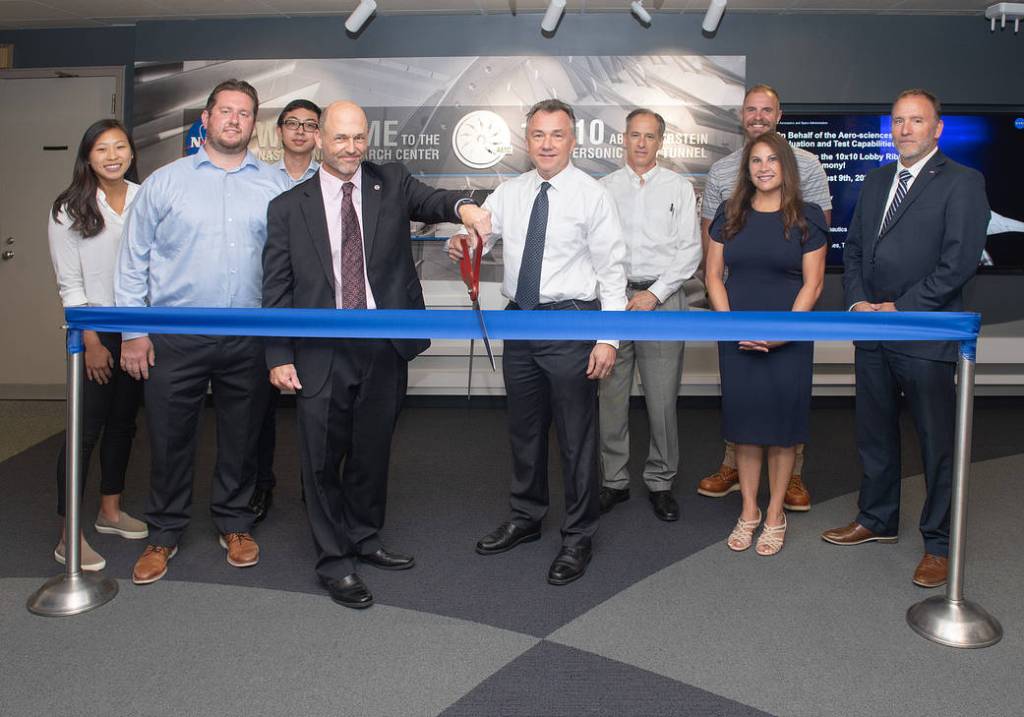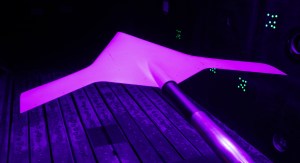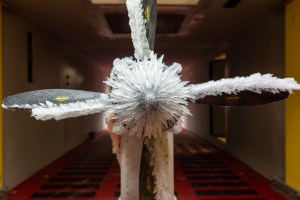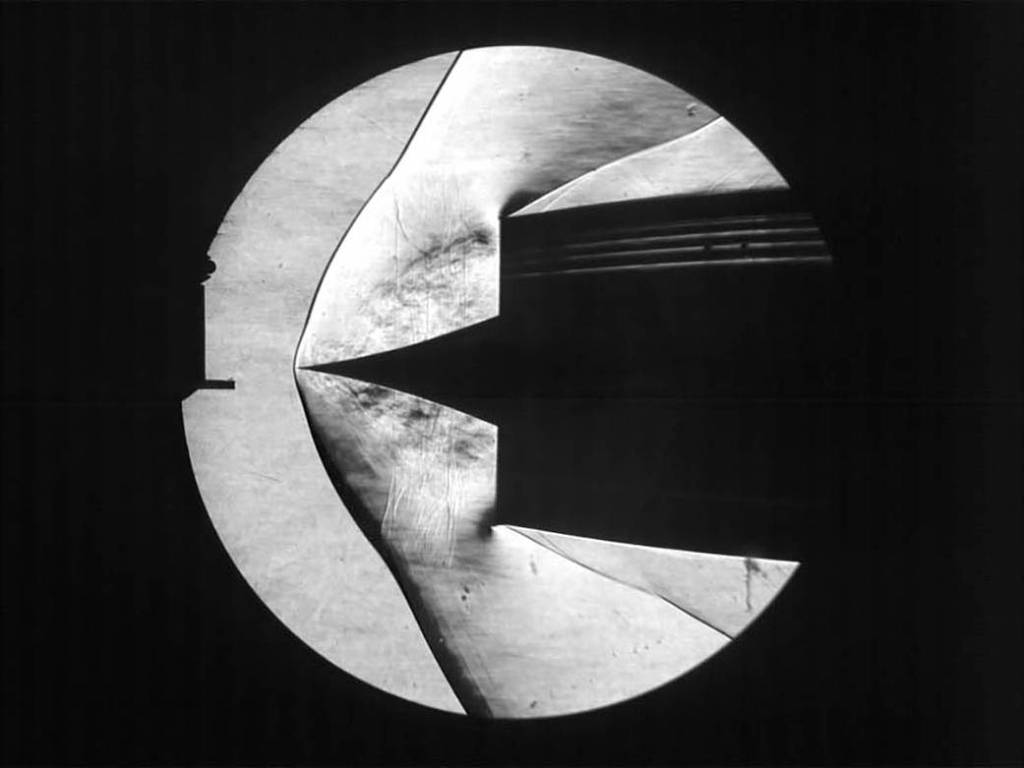
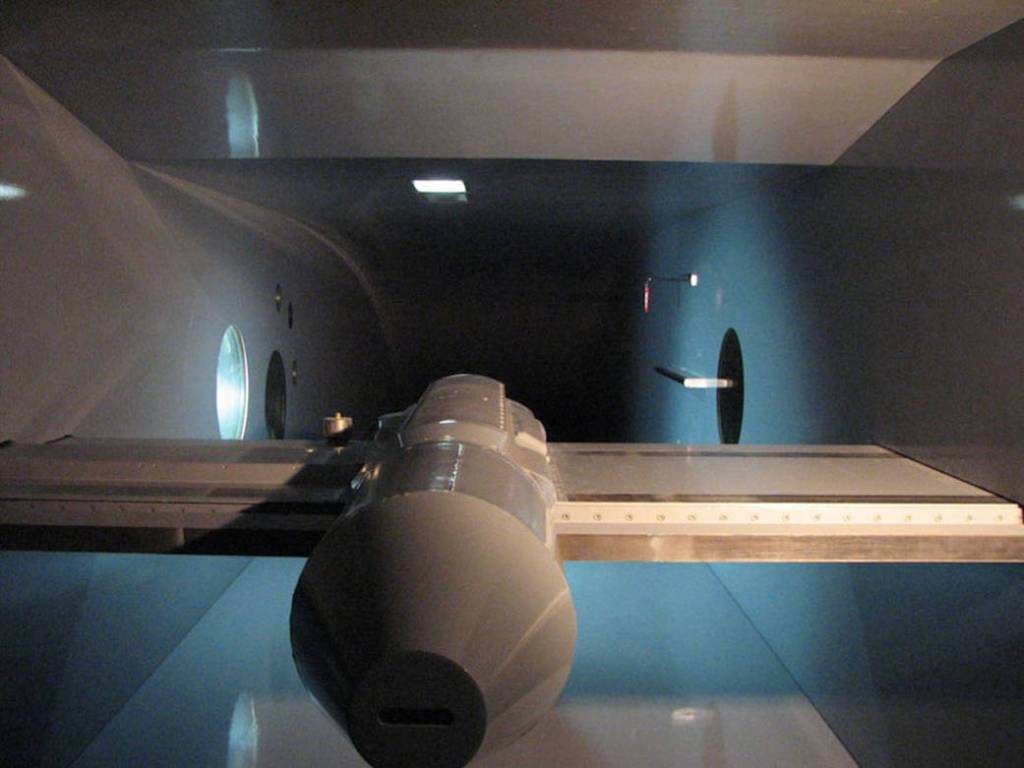

Test Technology: Flow Measurement
Flow measurement focuses on the movement of a fluid around a model, rather than how the model responds to the fluid.
Focus Areas and Capabilities
Learn more about the specifications and capabilities of this facility.

Quick Facts
Common means of flow measurement include: Schlieren imaging, Particle Image Velocimetry (PIV), Boundary-layer measurements, Hot-wire anemometry. These techniques may provide information on many different flow characteristics.

Techniques
NASA's flow measurement techniques involve different types of instrumentation. These techniques, as well as the information that is acquired, can then be applied in new ways to different situations to provide additional capabilities for research and design.

Capabilities
Test Technology has the capability to provide different forms of information that may come from known flow measurement techniques. New information and new usages that come from existing techniques may result in system improvements for both research and design.
Flow Measurement Gallery
AETC Test Technologies
Test Technology supports ATP by keeping NASA’s research test facilities and flight assets moving into the future.
As the world’s technologies continue to improve and research requirements become more demanding, Test Technology provides new and improved capabilities for measuring pressure, temperature, angle, strain, and air flow.

AETC Ground Facilities
AETC sets the strategic direction for NASA’s versatile and comprehensive portfolio of ground test aeronautics research capabilities.
Among these assets are subsonic, transonic, supersonic, and hypersonic wind tunnels and propulsion test facilities at Ames Research Center, Glenn Research Center, and Langley Research Center.
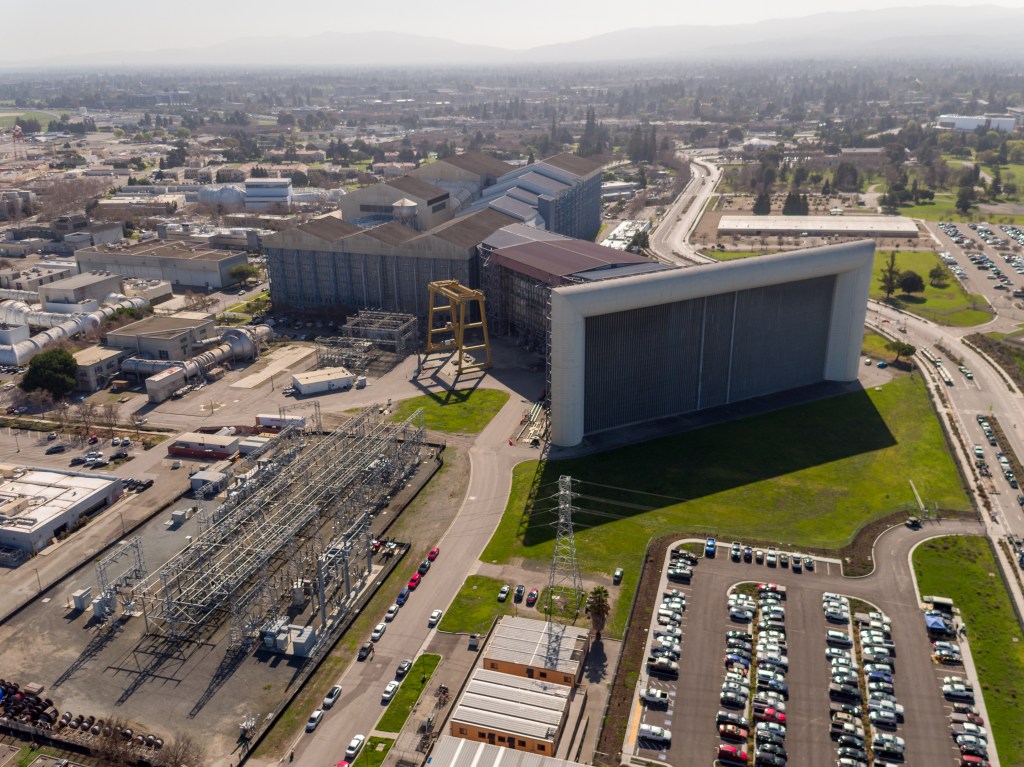
AETC
Aerosciences Evaluation and Test Capabilities (AETC) Portfolio Office
The AETC Portfolio Office executes strategic efforts to preserve and enhance research and test capabilities for NASA’s world-class portfolio of National Wind Tunnel facilities.
